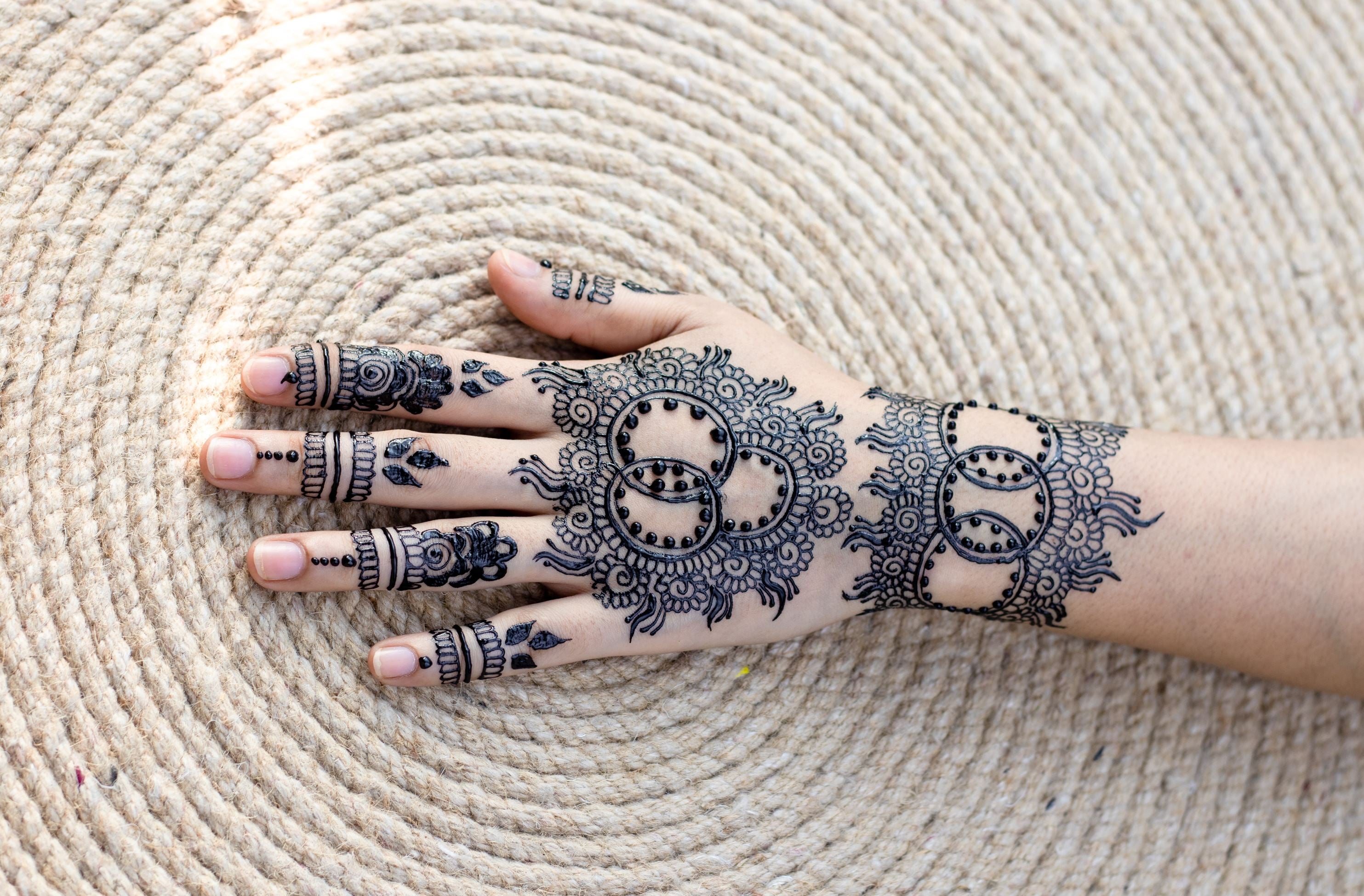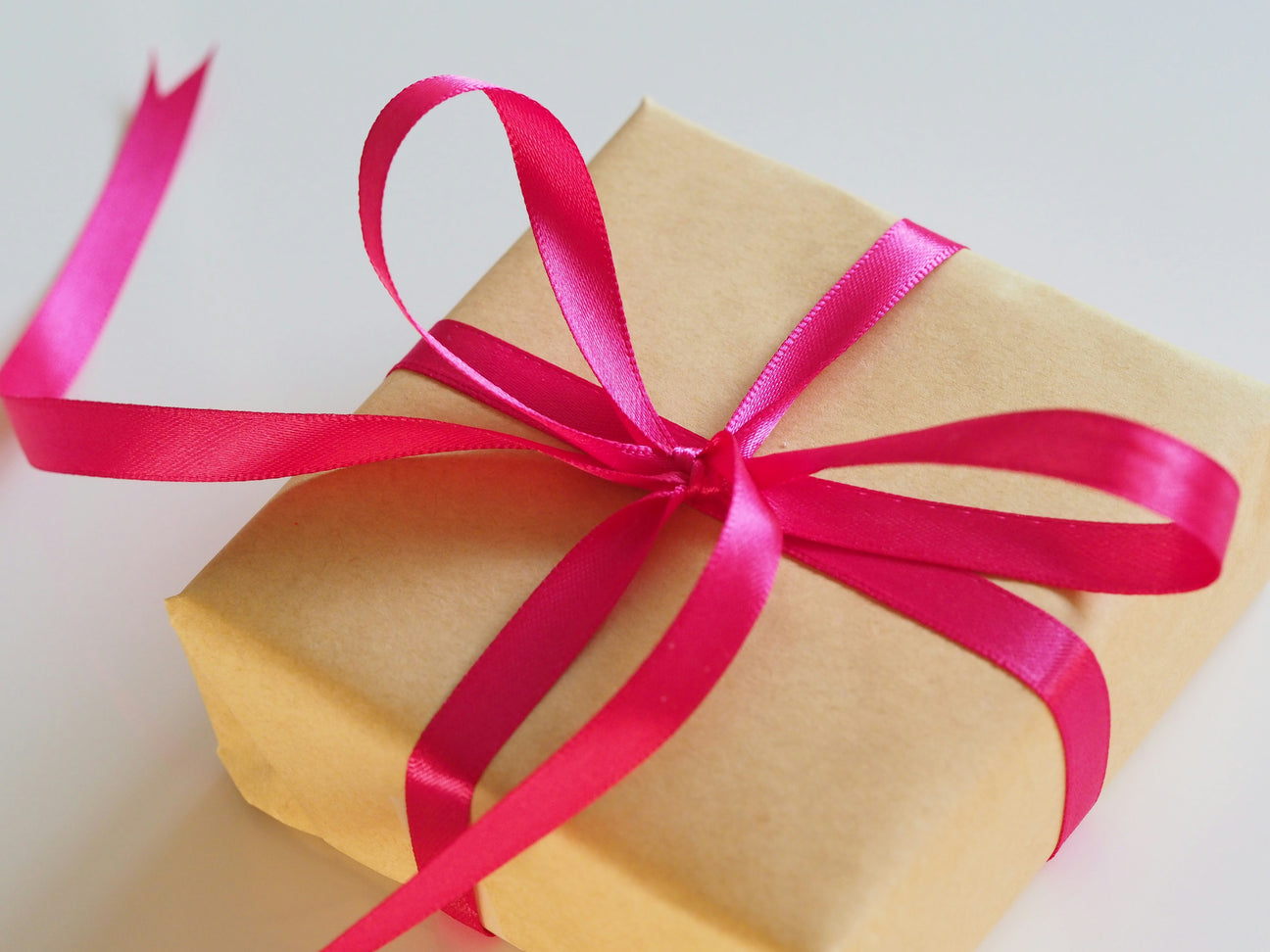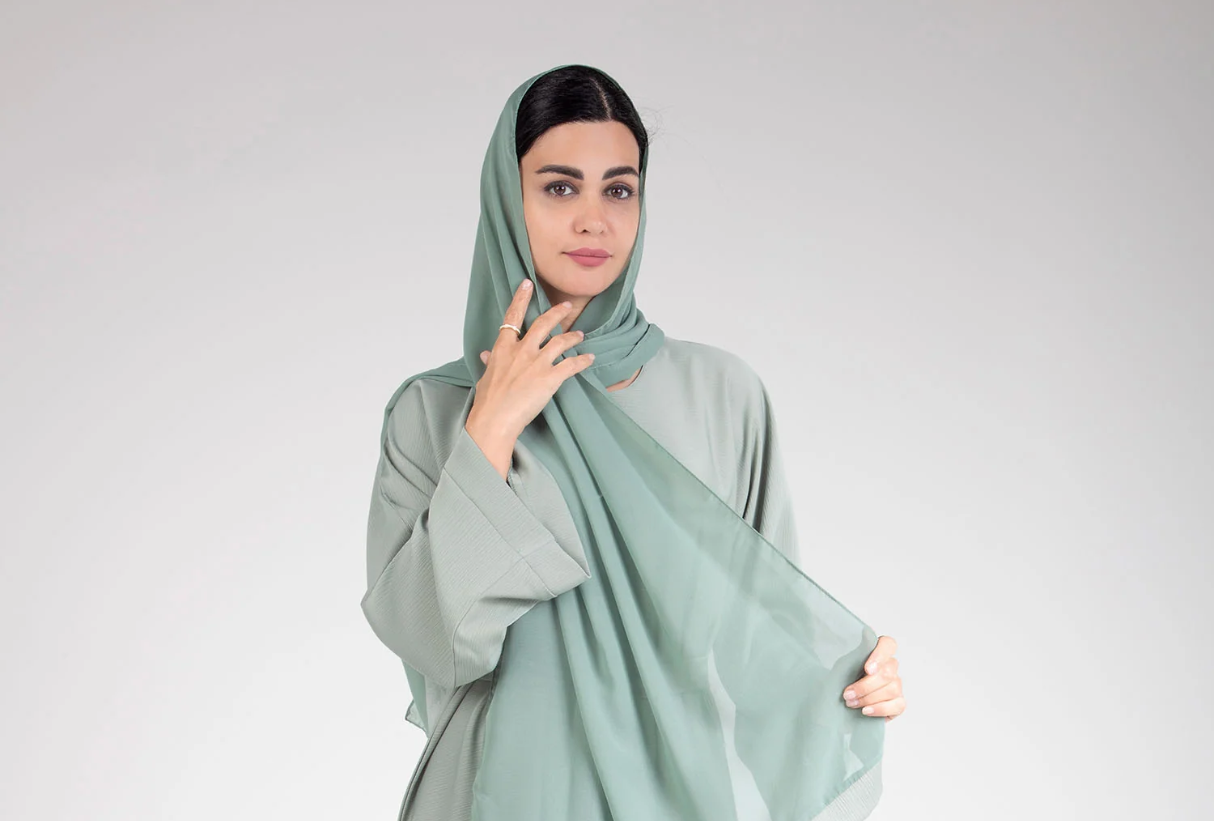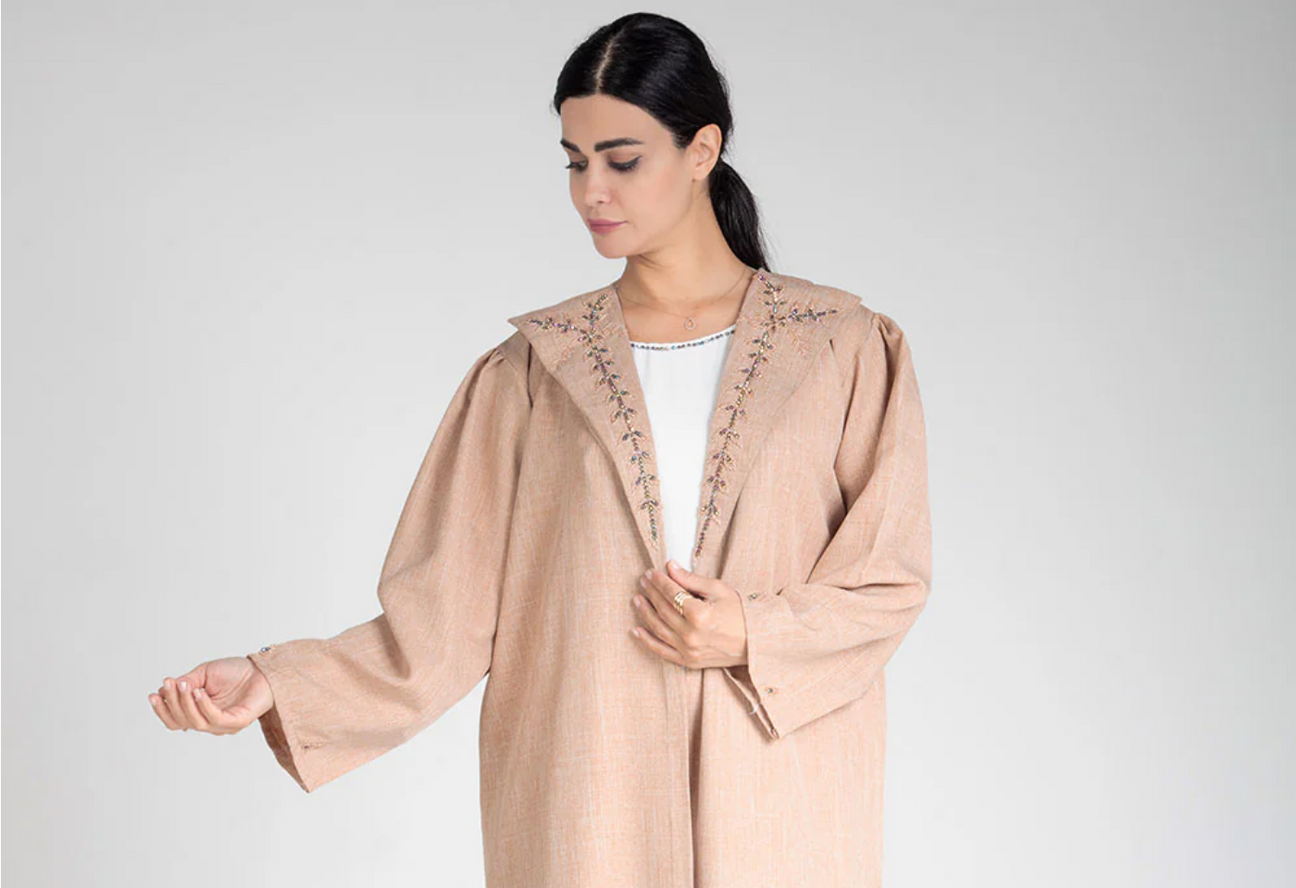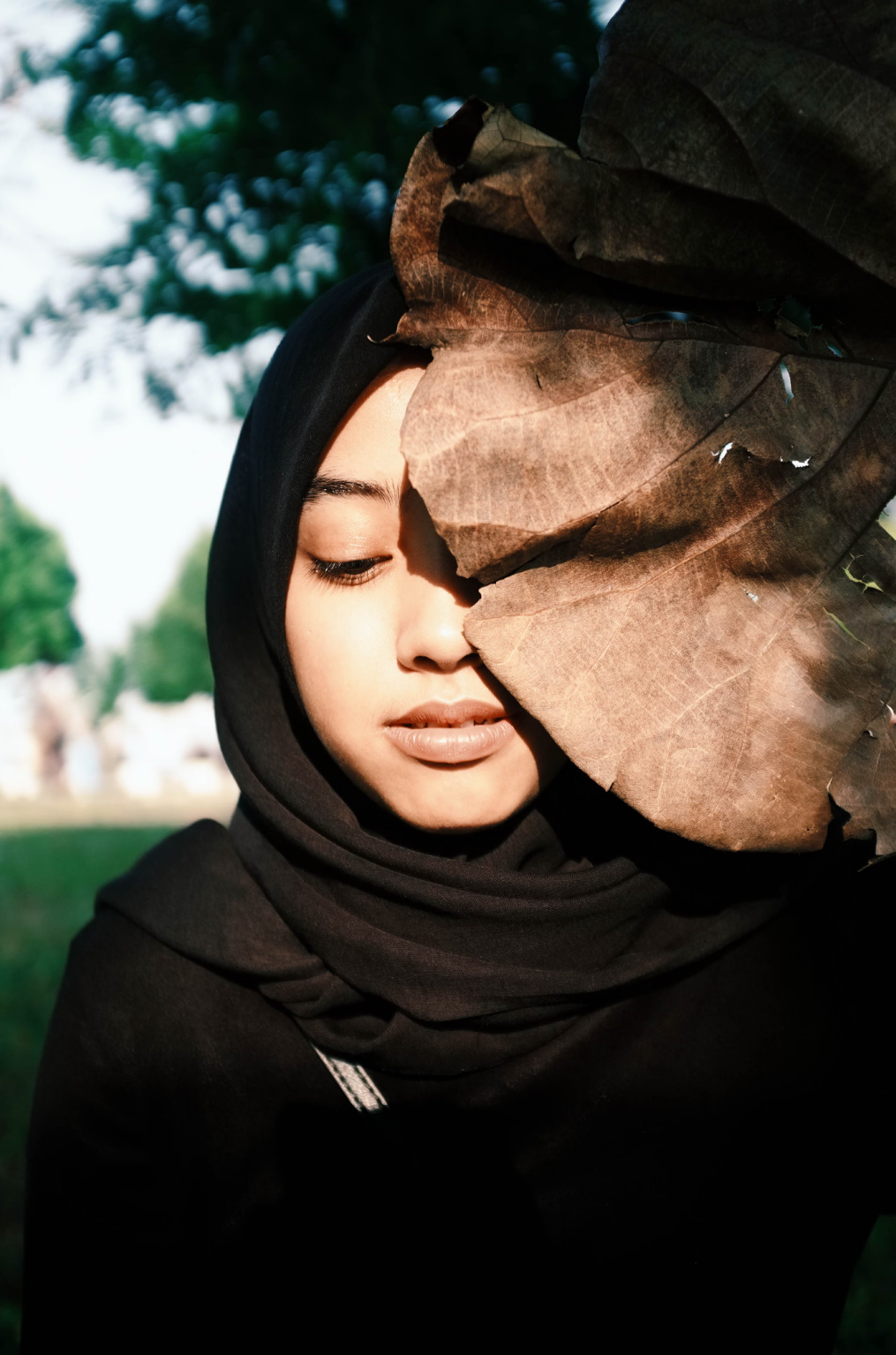Henna, also known as mehndi, has been a significant item in the Islamic religion. Its usage dates back to the 7th century during the time of Prophet Muhammud. During his reign, he used it for medicinal purposes and encouraged people to use it for various intentions.
Over the years, henna has become a crucial part of Islamic traditions and culture and is mentioned in many Islamic texts. Islamic women primarily use it to adorn their skin and hair, and its significance goes beyond this.
Our blog today explores the significance of henna in Islam, religion, and culture. Read on!
Top Importance of Henna in Islam
Used in Weddings
Islams use henna to paint their hands and feet during their weddings. Typically, the application process takes place before the wedding day in a beautiful ceremony. The detailed pattern of the henna on the bride's hands and feet symbolizes love, happiness, and good luck.
In some countries, both men and women take part in the pre-wedding treatment.
To Protect Themselves from Illness
In Morocco, women apply henna on the 10th of Muharram to prevent sickness in the succeeding year. While this is not a recommendation in Islam, they believe the patterns will protect them from the evil eye, sickness, and spirits.
According to them, henna contains the “Baraka” power which refers to the positive power of saints and the Sufi brotherhood.
Used in Religious Festivals
Henna is a significant element in most Islamic religious celebrations, such as Eid al-Adha and Eid al-Fitr. Women and girls apply different henna designs to celebrate the end of Ramadan and the annual Hajj pilgrimage to Mecca.
Henna Contains Healing Properties
Henna is a natural product from the Lawsonia Inermis trees found in Asia and Australia. For decades, people have used the dye from the leaves of this plant to colour their nails. It is also known as a natural hair dye used to promote growth, strengthen hair and prevent the hair from falling.
People in Egypt used henna to make baths and oils, and ointment from the flowers. They then used it to heal leprosy, smallpox, jaundice, and other skin–related complications.
According to modern scientists, henna is antibacterial, antifungal, and anti-hemorrhagic. It is, therefore, ideal for treating fungal skin infections, athlete’s foot, and burnt soles and palms.
Used in the Henna Party
A henna party often occurs in the Islamic community amongst women. It is a tradition where women meet to celebrate, visit and talk, air their problems and seek support—they come together to beautify themselves as they adorn their bodies with black henna. There is usually a henna party before Eid, where women enjoy music and good food.
It is Symbolism
Henna designs vary from culture to culture, each with a unique meaning. Different henna designs symbolise different essential life events and milestones. They can be used for birthdays, graduations, and pregnancies in Islam culture.
Henna is unique in Islamic culture and is significant in their tradition. Women only apply henna to celebrate important milestones such as marriages and birthdays. Muslims believe that henna designs contain some healing properties and could mean good luck and bring happiness to you.
Henna is an essential part of the Islamic faith; why don’t you purchase some from Jubbas.com? We have the best black henna cones that you can purchase online - shop now!
Feature Image Source: Photo by Mehndi Training Center on Unsplash

